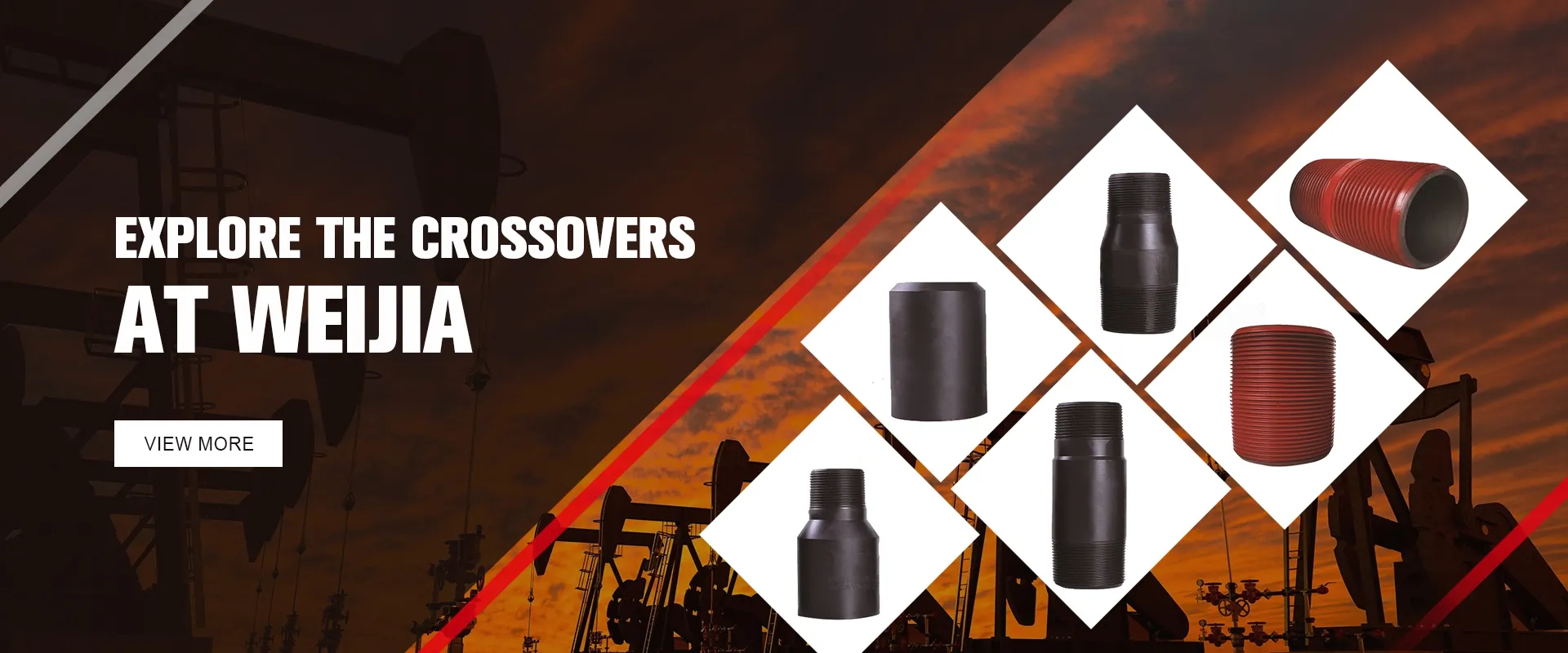- Afrikaans
- Albanian
- Amharic
- Arabic
- Armenian
- Azerbaijani
- Basque
- Belarusian
- Bengali
- Bosnian
- Bulgarian
- Catalan
- Cebuano
- Corsican
- Croatian
- Czech
- Danish
- Dutch
- English
- Esperanto
- Estonian
- Finnish
- French
- Frisian
- Galician
- Georgian
- German
- Greek
- Gujarati
- Haitian Creole
- hausa
- hawaiian
- Hebrew
- Hindi
- Miao
- Hungarian
- Icelandic
- igbo
- Indonesian
- irish
- Italian
- Japanese
- Javanese
- Kannada
- kazakh
- Khmer
- Rwandese
- Korean
- Kurdish
- Kyrgyz
- Lao
- Latin
- Latvian
- Lithuanian
- Luxembourgish
- Macedonian
- Malgashi
- Malay
- Malayalam
- Maltese
- Maori
- Marathi
- Mongolian
- Myanmar
- Nepali
- Norwegian
- Norwegian
- Occitan
- Pashto
- Persian
- Polish
- Portuguese
- Punjabi
- Romanian
- Russian
- Samoan
- Scottish Gaelic
- Serbian
- Sesotho
- Shona
- Sindhi
- Sinhala
- Slovak
- Slovenian
- Somali
- Spanish
- Sundanese
- Swahili
- Swedish
- Tagalog
- Tajik
- Tamil
- Tatar
- Telugu
- Thai
- Turkish
- Turkmen
- Ukrainian
- Urdu
- Uighur
- Uzbek
- Vietnamese
- Welsh
- Bantu
- Yiddish
- Yoruba
- Zulu
casing coupling dimensions
Understanding Casing Coupling Dimensions in Oil and Gas Drilling
Casing coupling dimensions are a critical aspect in the oil and gas industry, particularly in drilling operations. They refer to the specifications that govern the connections between segments of casing, which are large-diameter pipes installed in wells to maintain the integrity of the boreholes. These couplings play a vital role in ensuring the structural stability of wells, facilitating efficient drilling practices, and enabling the safe extraction of hydrocarbons.
The Importance of Casing Coupling Dimensions
Casing serves multiple essential functions, including protecting the wellbore against collapse, isolating different pressure zones, and preventing contamination of groundwater. During drilling operations, the casing is installed in sections, and each section requires a coupling to connect it to the next. The dimensions of these couplings—including their length, diameter, and threading—must adhere to industry standards to ensure compatibility and performance.
Incorrect casing coupling dimensions can lead to significant operational issues, including leaks, compromised structural integrity, and costly delays. Therefore, understanding the specific requirements for casing couplings is crucial for drilling engineers and operators.
Standard Specifications
Casing couplings come in various sizes and types, all dictated by specific industry standards like the American Petroleum Institute (API). The API specifications outline the physical dimensions, mechanical properties, and coating requirements for casing and couplings used in oil and gas applications. The most commonly utilized couplings include threaded and welded types, with threading being the most prevalent for ease of connection and disconnection.
The dimensions of casing couplings typically include
1. Outer Diameter (OD) This is the total measurement of the casing coupling across its widest part. The OD is crucial for ensuring that the couplings fit properly within the casing pipe.
casing coupling dimensions

2. Inner Diameter (ID) The inner measurement, which should accommodate the passage of drilling tools and fluids without obstruction.
3. Length The length of the coupling directly impacts the amount of material required and the overall weight of the casing string.
4. Thread Specifications The type of thread—whether it be round, square, or buttress—significantly influences the connection strength and sealing capacity. API has established various thread types suited for different casing conditions and applications.
5. Grade Specification Couplings are made from various grades of steel that determine their mechanical strength and resistance to environmental factors. Common grades include J55, K55, N80, and P110, with higher grades offering more strength and durability.
Application and Compatibility
During the drilling process, it is essential to ensure that the casing couplings and pipes are compatible. This compatibility is influenced not only by dimensions but also by the material properties and threading formats. Engineers often employ specialized tools and techniques to verify correct installation and to handle any discrepancies in dimensions that may arise due to manufacturing tolerances.
Effective communication of casing coupling dimensions is also vital in the supply chain, from manufacturers to drilling contractors. Providing accurate dimensional specifications helps avoid mismatches during operations, thus facilitating smoother drilling processes and reducing downtime.
Conclusion
Casing coupling dimensions are fundamental to the successful execution of drilling operations in the oil and gas sector. Recognizing the importance of these dimensions in connection integrity, operational efficiency, and overall safety is crucial for engineers and industry professionals. By adhering strictly to industry standards and ensuring compatibility among couplings and casing sections, operators can mitigate risks associated with drilling activities and optimize the extraction of valuable resources. Understanding these dimensions not only contributes to better drilling practices but also enhances safety and environmental protection in energy extraction processes.
-
Tubing Pup Joints: Essential Components for Oil and Gas OperationsNewsJul.10,2025
-
Pup Joints: Essential Components for Reliable Drilling OperationsNewsJul.10,2025
-
Pipe Couplings: Connecting Your World EfficientlyNewsJul.10,2025
-
Mastering Oilfield Operations with Quality Tubing and CasingNewsJul.10,2025
-
High-Quality Casing Couplings for Every NeedNewsJul.10,2025
-
Boost Your Drilling Efficiency with Premium Crossover Tools & Seating NipplesNewsJul.10,2025







